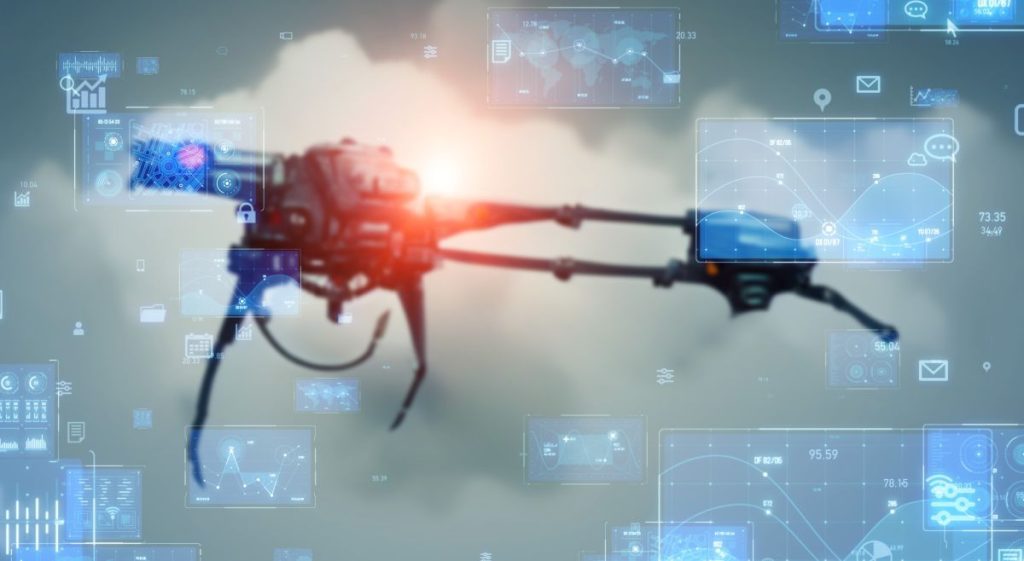
The Trump administration is going ahead with plans to “aggressively adopt AI” across its military, raising complex questions about safety, cybersecurity, responsible deployment, and the use of AI for defense and intelligence.
While some AI guardrails may be inapplicable in combat settings such as restrictions on lethal actions, policymakers and technologists warn that removing safeguards entirely could create dangerous vulnerabilities.
Former deputy assistant defense secretary for cyber policy highlighted the intensity of threats from foreign actors, pointing to Chinese campaigns like Volt Typhoon, that exploit stolen credentials in “living off the land” techniques.
If directed at AI models embedded in defense systems, such intrusions could allow adversaries to alter outputs or compromise US military AI contracts spending and military decision-making.
But the risks are not only external.
“Insider threats are nothing new to the military,” the former defense official noted. With large-scale AI adoption, even disgruntled or unstable personnel could exploit tools to bypass security.
Imagine, they said, a service member asking an AI to map ways to sell classified data or to develop ransomware campaigns from within military infrastructure—an example of how AI military pentagon contract issues could arise.
The potential for misuse extends beyond espionage into psychological manipulation. Chatbots already raise concerns of inducing “AI psychosis,” where users adopt distorted worldviews. For someone guarding nuclear weapons, the consequences of such shifts could be catastrophic, particularly if DoD approved AI tools are turned against the very systems they are meant to protect.
Building Guardrails for Military Use
The administration recently moved responsibility for AI for defense and intelligence under the research and engineering (R&D) umbrella – a decision designed to “go fast without breaking things” in active operations.
Officials argue that guardrails should be tailored to military missions, balancing lethal requirements with protection against misuse in a world edging toward AI and the new digital cold war.
“Appropriate guardrails could help trip alarms when someone is doing something the military would want to prevent or prosecute,” the official explained.
They might include detecting malicious queries, flagging suspicious patterns, or alerting commanders when users are pursuing concerning lines of questioning—avoiding a modern revolutionary war AI scenario where unchecked innovation spirals out of control.
Technical controls must also be designed in from the outset, rather than added on after an intrusion. That includes cybersecurity to fend off foreign manipulation and behavioral models to thwart insider threats.
Experts suggest collaboration between the Department of Defense (DoD)and AI developers to build models that can warn both of adversarial activity and emerging mental health problems, anticipating war and AI tweaks before they escalate.
Balancing Act for AI on the Battlefield
Defining “what right looks like” in military AI use is proving to be a nuanced challenge. The guardrails required for business systems will differ from those needed in command-and-control or combat operations. Some solutions will be technical, but others will depend on policy and human oversight. This is where military AI companies play a crucial role in shaping standards and safeguards.
As one defense analyst stated adopting AI for defense and intelligence in the military should not be about slowing innovation but about “keeping it on track for success.”
The AI era, they said, offers an opportunity to combine speed and transparency, ensuring that innovation strengthens national security without creating new threats from within. This includes overseeing AI agent military use and ensuring responsible application in sensitive missions.
Ultimately, the challenge will be to find equilibrium—building systems that are fast and lethal when needed, yet safe, accountable, and aligned with democratic values. Whether in AI in aerospace and defense applications or broader AI in defense industry deployments, the stakes are enormous.
The ability to integrate military decision intelligence with AI while maintaining safeguards may determine the outcome of future conflicts.
If not handled properly, the misuse of decision intelligence AI could shape the future of modern warfare itself.
Inside Telecom provides you with an extensive list of content covering all aspects of the tech industry. Keep an eye on our Intelligent Tech sections to stay informed and up-to-date with our daily articles.